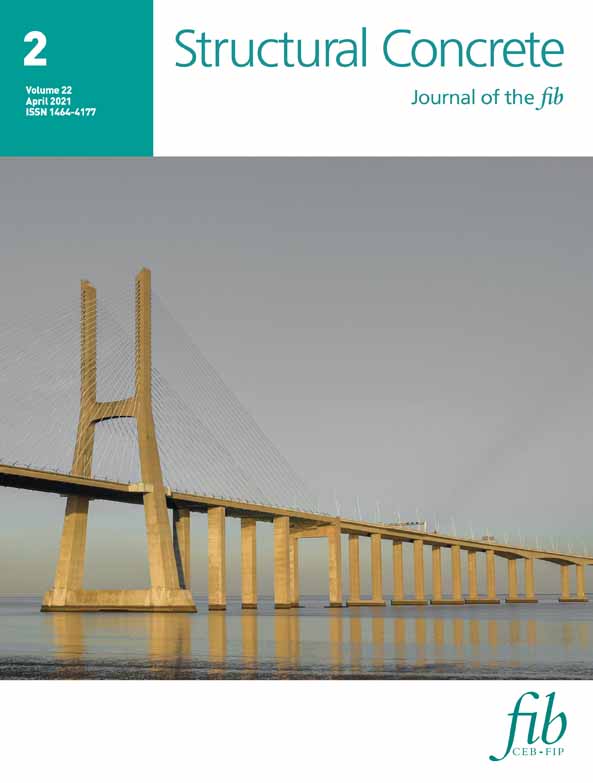Eccentric punching strength of continuous flat slabs—Analysis of different experimental setups
Discussion on this paper must be submitted within two months of the print publication. The discussion will then be published in print, along with the authors’ closure, if any, approximately nine months after the print publication.
Abstract
This paper analyses the performance of the experimental setups to assess the punching strength of slab-column connections in continuous flat slabs under vertical and horizontal loading. In the last years, several experimental campaigns have been performed to investigate the punching strength of slab-column connections, but most of the experimental tests concerned isolated slab-column connections. Among the few setups aimed at reproducing the eccentric punching failure in continuous flat slabs, the setup developed at the NOVA School of Science and Technology in Lisbon is considered in this paper. The performance of the Lisbon setup is assessed through nonlinear finite element analyses, calibrated on experimental data, by comparison with numerical results of a theoretical continuous setup. Then, the performance of the isolated setups, used in many researches and at the base of some international codes, is also evaluated through the same finite element model. Numerical analyses highlight that the setup developed in Lisbon could provide reliable ultimate rotations of continuous flat slab connections, but it underestimates the punching strength. Despite isolated setups lead to similar results when compared with the Lisbon setup, the latter seems to provide a better representation of a continuous slab-column connection. The numerical analyses presented in this paper have been performed assuming monotonic lateral loading.
Open Research
DATA AVAILABILITY STATEMENT
The data that support the findings of this study are available from the corresponding author upon reasonable request.




